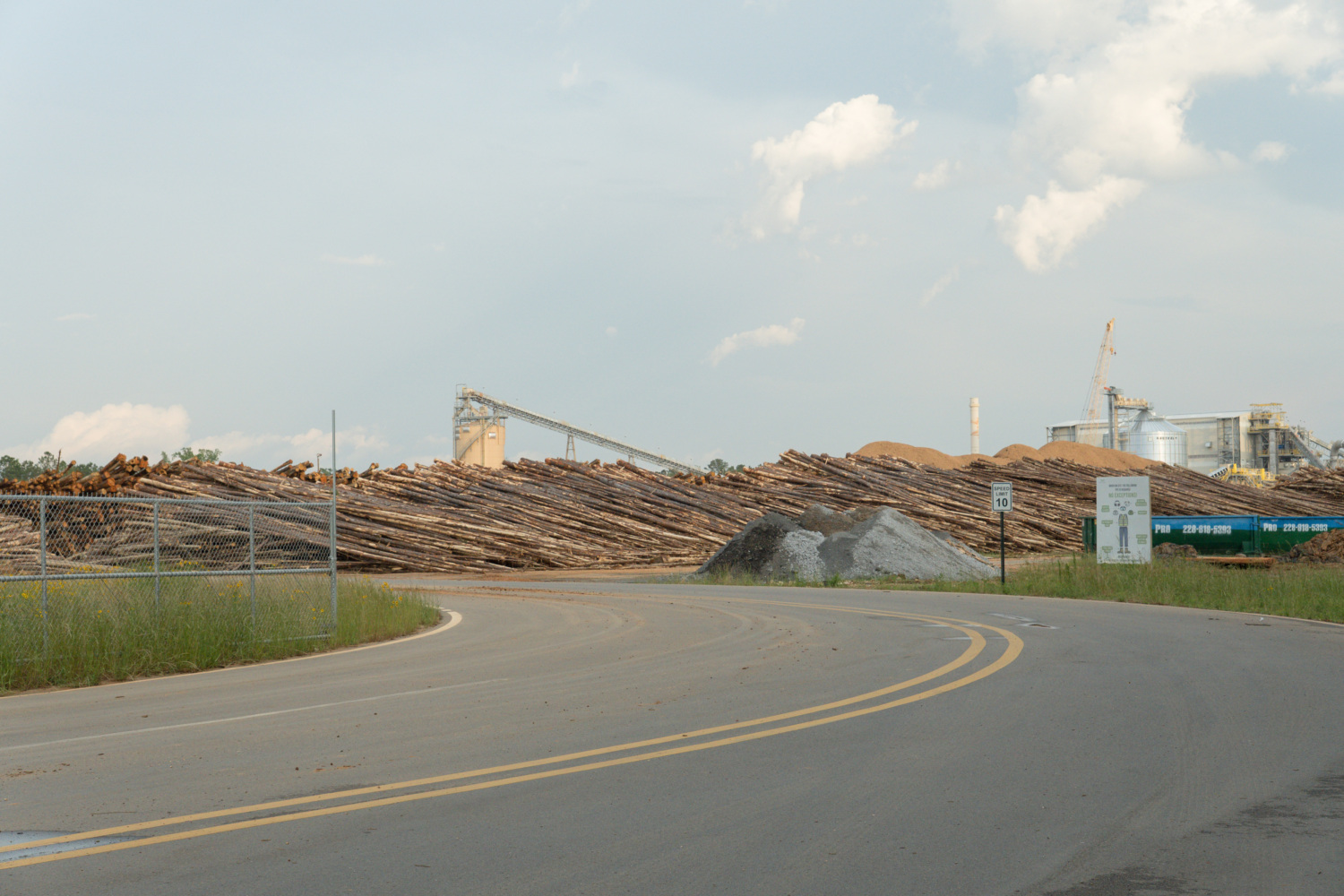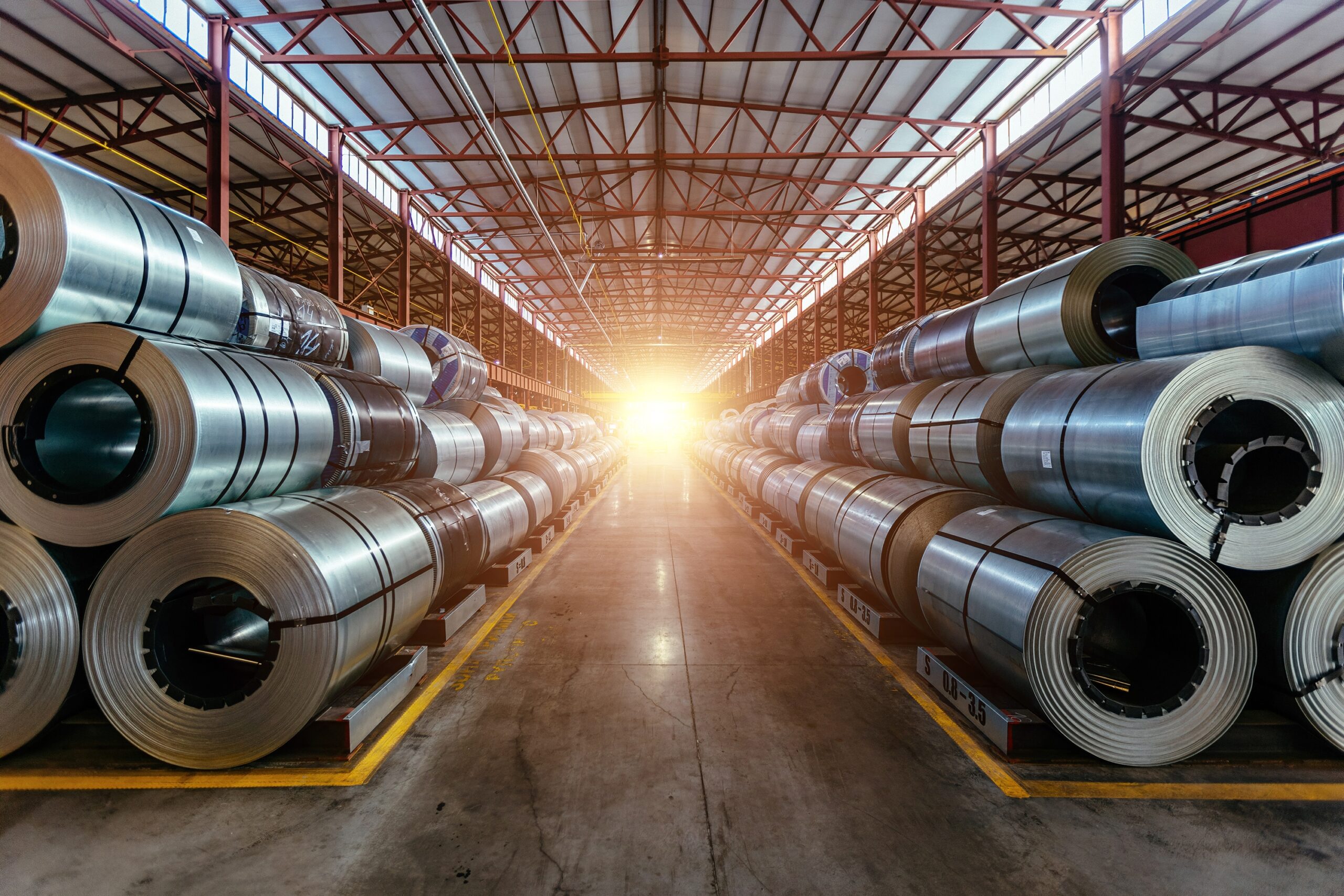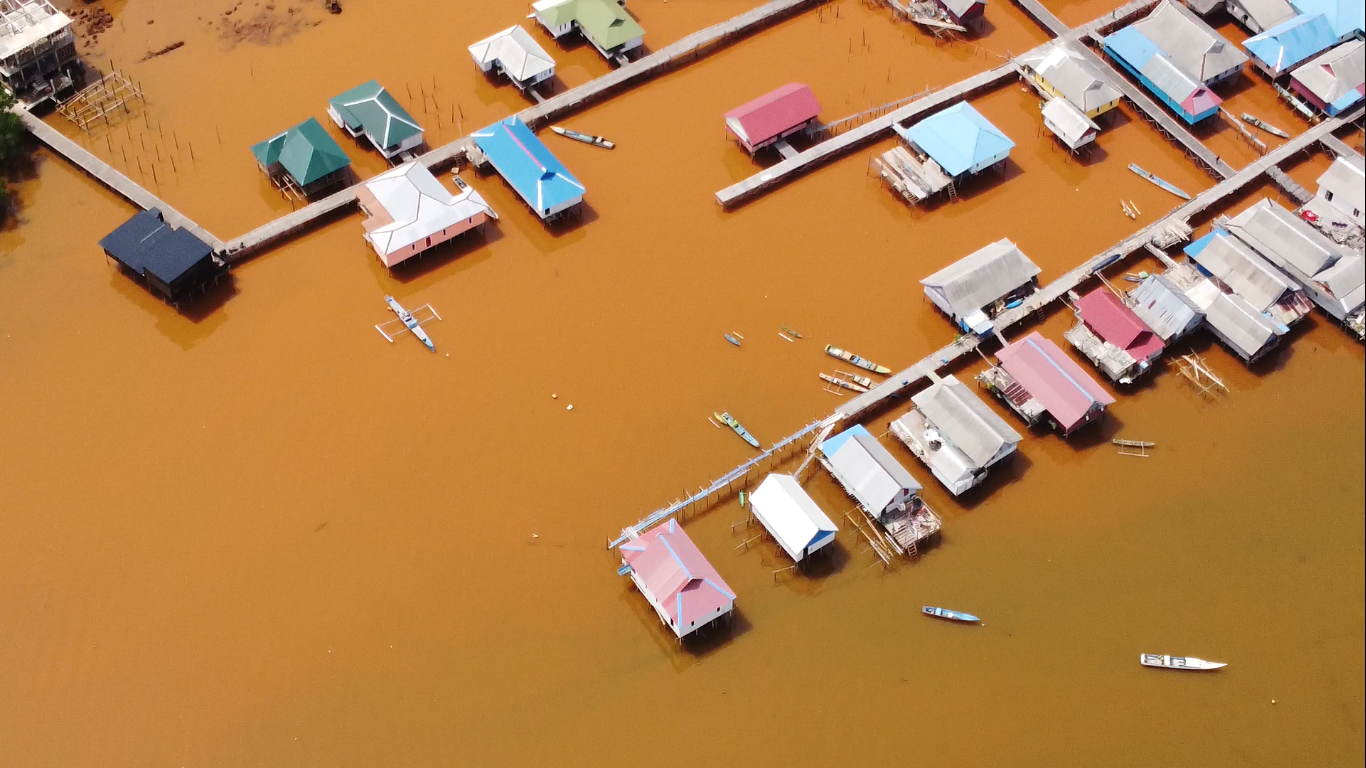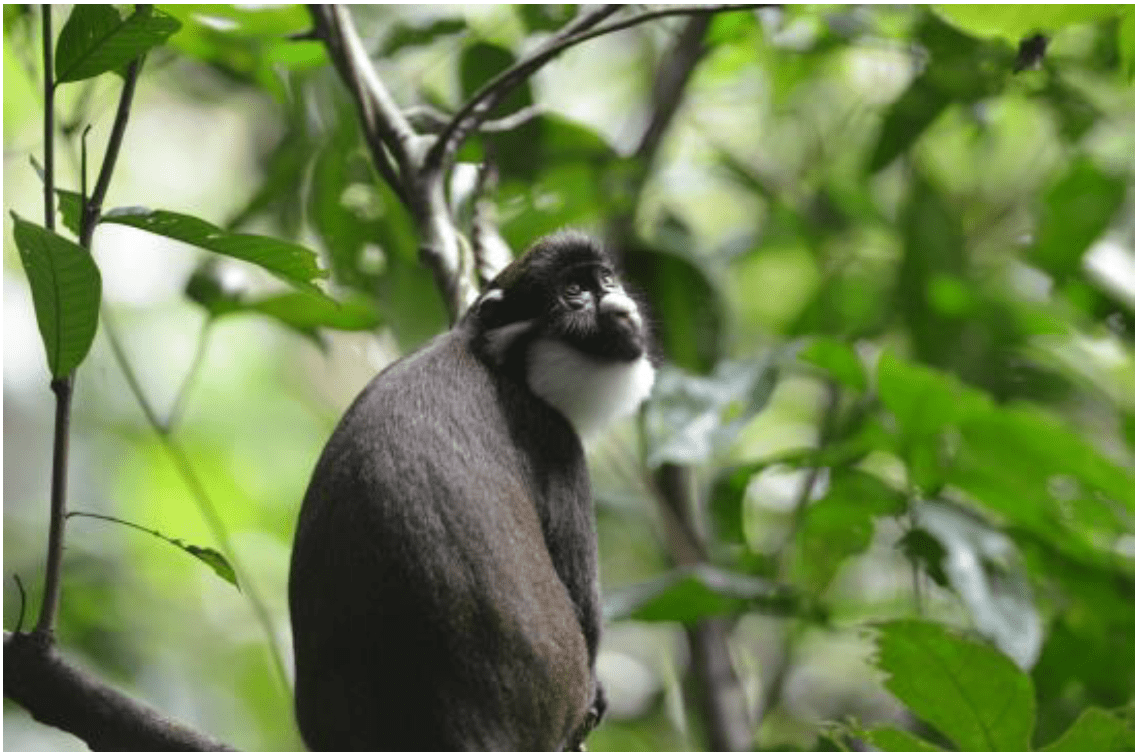
Your Cocoa, Kissed By Deforestation
Your Cocoa, Kissed By Deforestation
Español Français The destruction of forests for cocoa in Ivory Coast and Ghana has been well-documented, including in Mighty Earth’s recent report, “Chocolate’s Dark Secret.” Now, new research shows that cocoa is driving ongoing deforestation in other regions of the world, from Asia to the Amazon. Mighty Earth undertook mapping of cocoa-producing regions in four countries outside of West Africa and found a high risk of deforestation in various cocoa-producing areas.
Through detailed satellite mapping and overlaying maps of deforestation and cocoa-producing regions, we found large-scale deforestation within cocoa-producing regions of Indonesia, Cameroon, Peru, and Ecuador.
This Valentine’s Day mapping warrants more detailed investigations into the companies driving cocoa-deforestation worldwide, and research into how much of the deforestation in the cocoa-producing regions can be attributed to cocoa as opposed to other commodities. What is crystal clear however, is that the chocolate industry is expanding right now in countries like Indonesia, Peru, Ecuador, and Cameroon that still boast extensive rainforests. With demand for chocolate increasing, the chocolate industry risks aggressively expanding to rainforest nations around the world; in many places, exporting the same bad practices that contributed to the near-total destruction of West Africa’s forests. Ivory Coast and Ghana stand as a cautionary tale of what could happen in other countries where cocoa is spreading, if the industry does not reform its practices.
After our report in the fall of 2017, 24 leading chocolate companies joined the governments of Ghana and Ivory Coast to commit to No New Deforestation, reforestation, and traceability in West Africa. These companies and the governments have much to do to fulfill these promises. But only a handful of companies have made a global commitment to deforestation-free cocoa. It’s time for the rest of the chocolate industry to do the same.
Olam International and Hershey’s have pledged to zero deforestation for cocoa worldwide effective immediately, and also to agroforestry, and a few more have committed to change soon: Barry Callebaut aims to be deforestation-free for cocoa by 2025 whilst Godiva promised to roll out a cross-commodity No Deforestation policy – that includes cocoa – soon. Still others like Mondelez have committed to No Deforestation Cocoa for several origins beyond West Africa though not worldwide yet. Companies that fight to end deforestation for cocoa and re-green cocoa worldwide are setting a precedent for the industry, going above and beyond the Cocoa & Forests Initiative, and sending a Valentine to endangered animals from Asia to the Amazon.
- Hershey’s: “We are proud to commit to ‘no new deforestation’ in our cocoa supply chain by not sourcing cocoa from anywhere in the world where new deforestation has occurred, effective immediately, as well as creating an agroforestry program to support shade-grown cocoa through tree planting programs.”
- Barry Callebaut: “Under our Forever Chocolate sustainability vision Barry Callebaut has committed to become Forest positive and Carbon Positive, and to source all our ingredients sustainably, deforestation free, by 2025.”
- Godiva: “As part of our overarching commitment to enriching our communities and the planet Godiva is updating our Global Supplier Code of Conduct to ensure that our ingredient suppliers across all of our commodities – including cocoa – continue to establish sourcing programs that combat deforestation and forest degradation.”
- Olam International: Olam Cocoa is committed to halting deforestation in its supply chains globally, which includes training farmers on Climate Smart practices and rolling out programs for planting shade trees. In Côte d’Ivoire, Olam scaled up recommendations to farmers on the planting of trees – recommending 100 forestry and 50 shade trees per hectare. In its direct sourcing, Olam Cocoa’s goal is for 100% of volumes to be traceable and sustainable by 2020.
- Mondelēz: “Since 2012 our ambition is to source all our cocoa sustainably, mainly from Cocoa Life which operates in six countries including Indonesia with an environmental focus that includes No Deforestation for cocoa; we conduct environmental and forest conservation training in all origins where we source cocoa and support shade-grown cocoa, intercropping and agro-forestry and we already conducted a deforestation baseline in Indonesia to monitor deforestation.”
- Halba: Halba doesn’t have a No Deforestation policy for cocoa yet but is working on it; and the company is already committed to offsetting all CO2 emissions in its supply chain through a reforestation agroforestry project in Honduras; so far Halba planted over 350’000 timber trees in Honduras, Peru and Ghana and committed to agroforestry in all countries where it purchases cocoa, aiming for 70 shade trees per ha.
- Nestle: “Nestlé is a signatory to the Cocoa & Forests Initiative and we also have a long standing overall no deforestation policy for our key commodities, including cocoa.”
- Unilever: “In terms of global commitments to end deforestation for cocoa, commitment to sourcing 100% of our cocoa sustainably is a global commitment and not geography-specific. Similarly, our global position on eliminating deforestation from our supply chains is not commodity-specific.”
It is high time for the whole industry to clean up its act and move fast to implement robust zero deforestation policies worldwide for cocoa – especially those companies that Mighty Earth had already named in our last report as being connected to illegal deforestation cocoa supply chains, with cocoa coming even from inside national parks.
We’re asking the chocolate industry to do the right thing and send a Valentine to sloths in Peru, jaguars in Ecuador, and dwarf buffalos in Indonesia, by saving their forest homes.
Sulawesi: Part of Indonesian cocoa-producing region, before and after deforestation
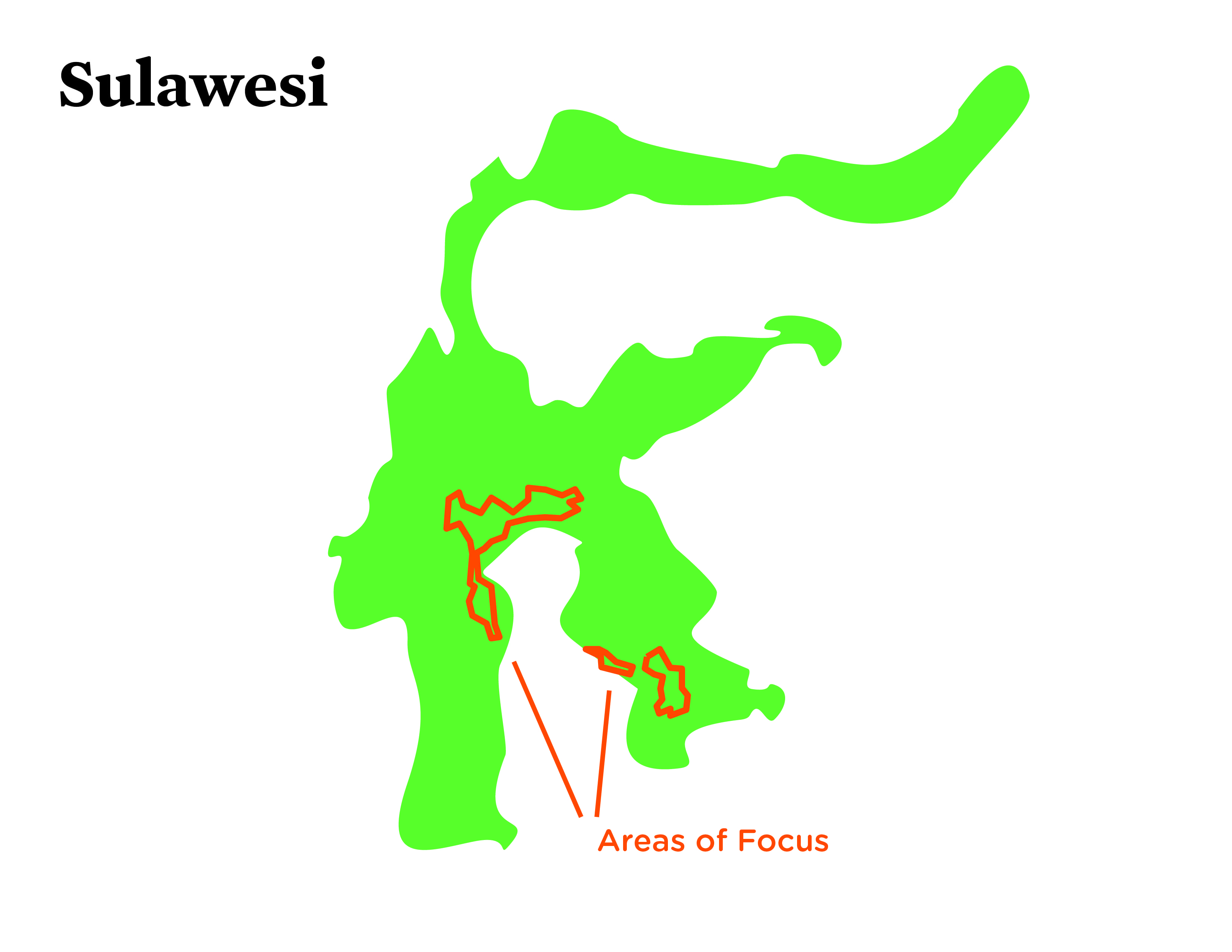
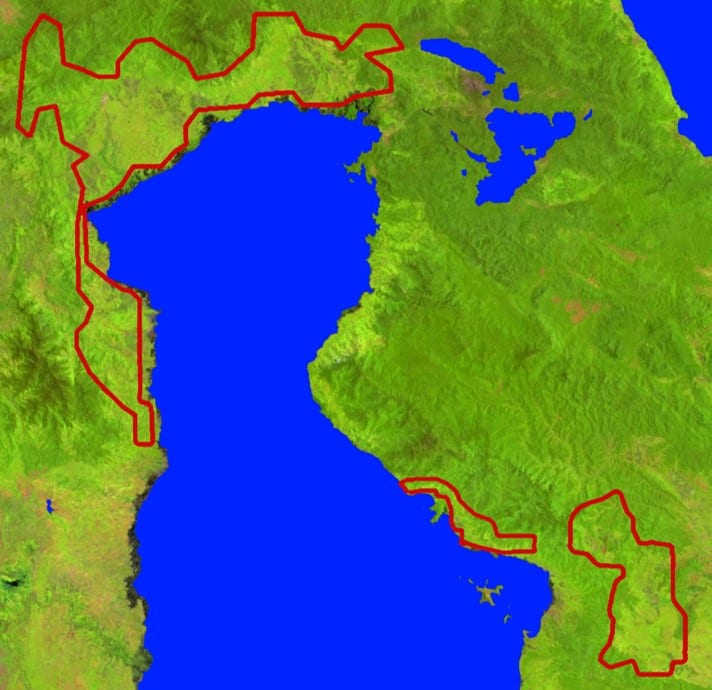
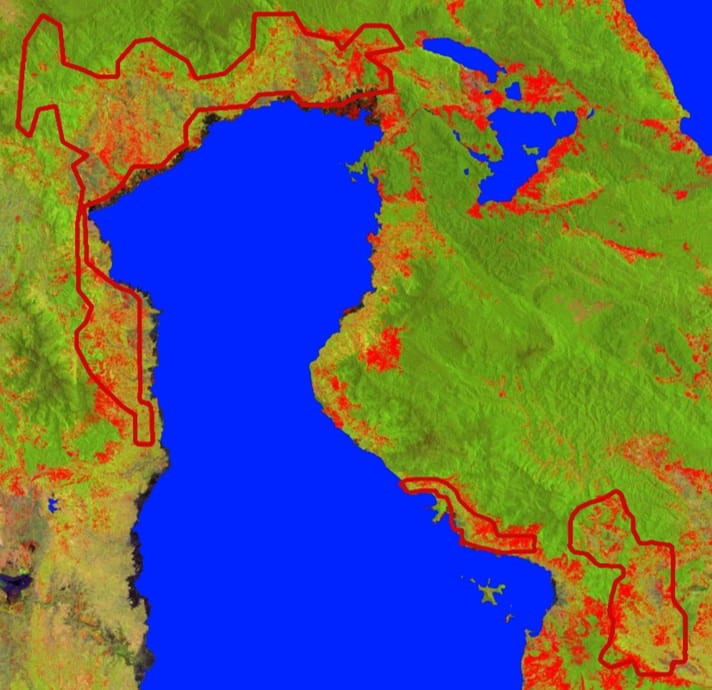
Part of Peruvian cocoa-producing region, before and after deforestation
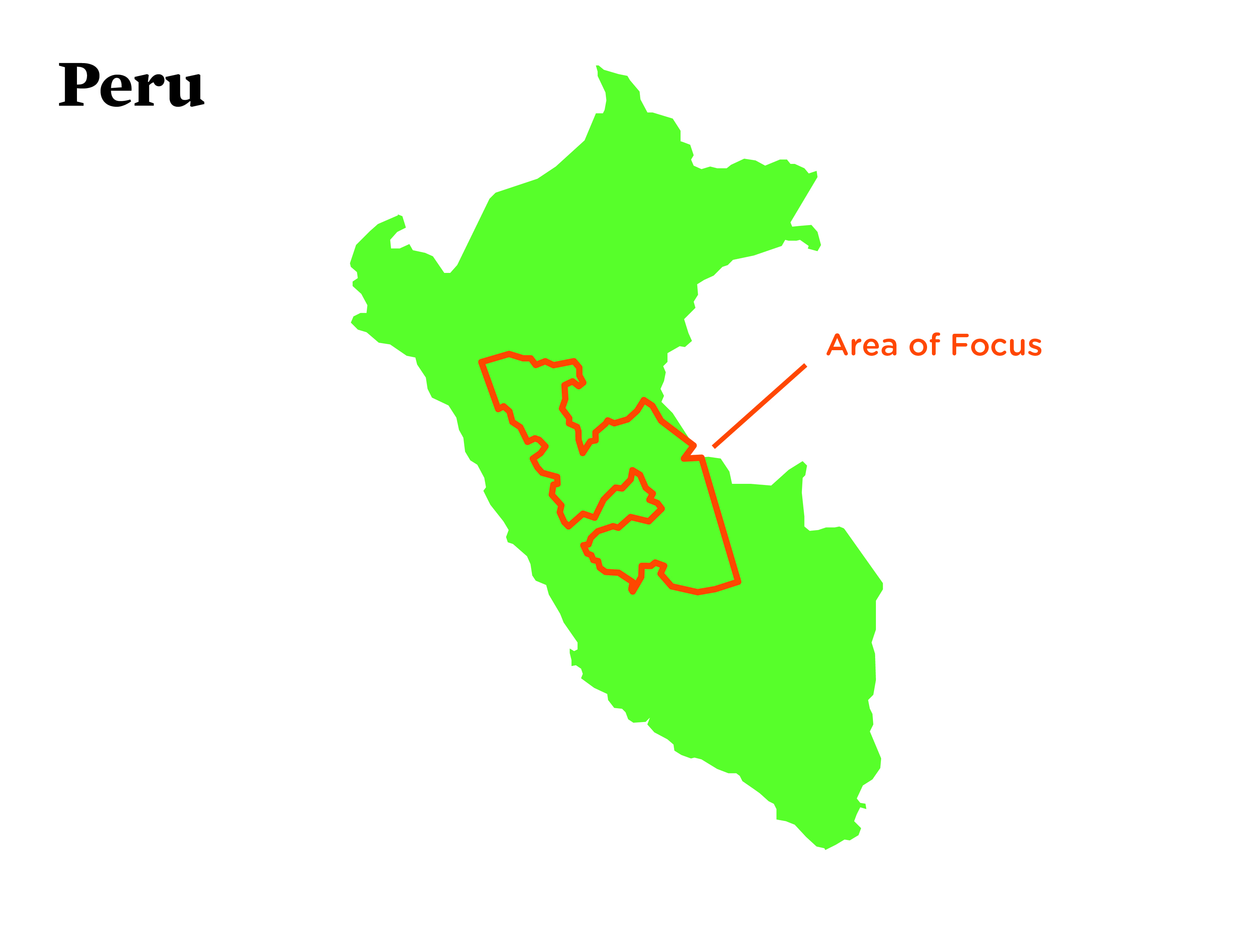
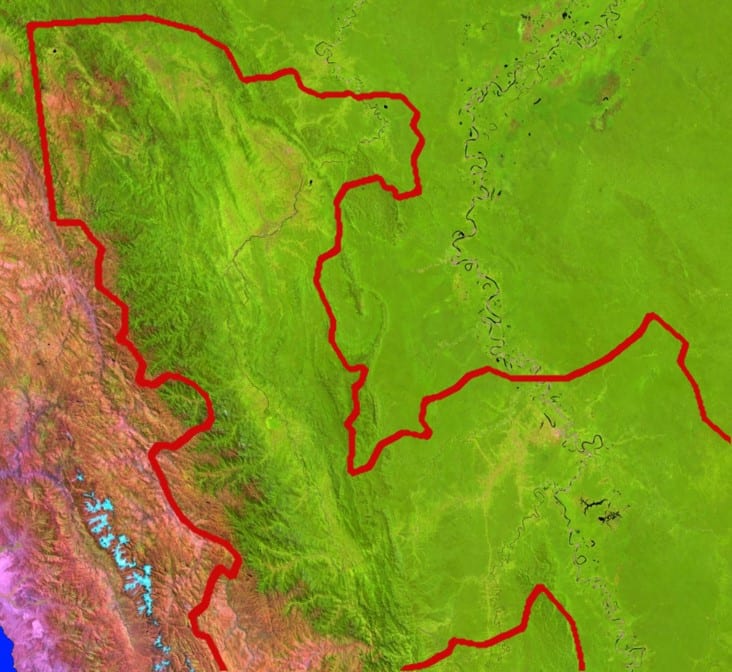
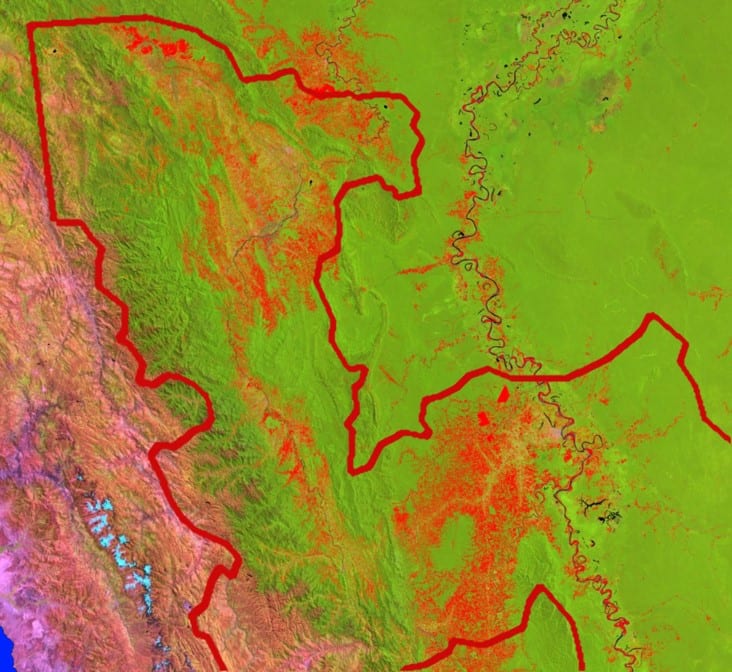
Part of Ecuadorian cocoa-producing region, before and after deforestation
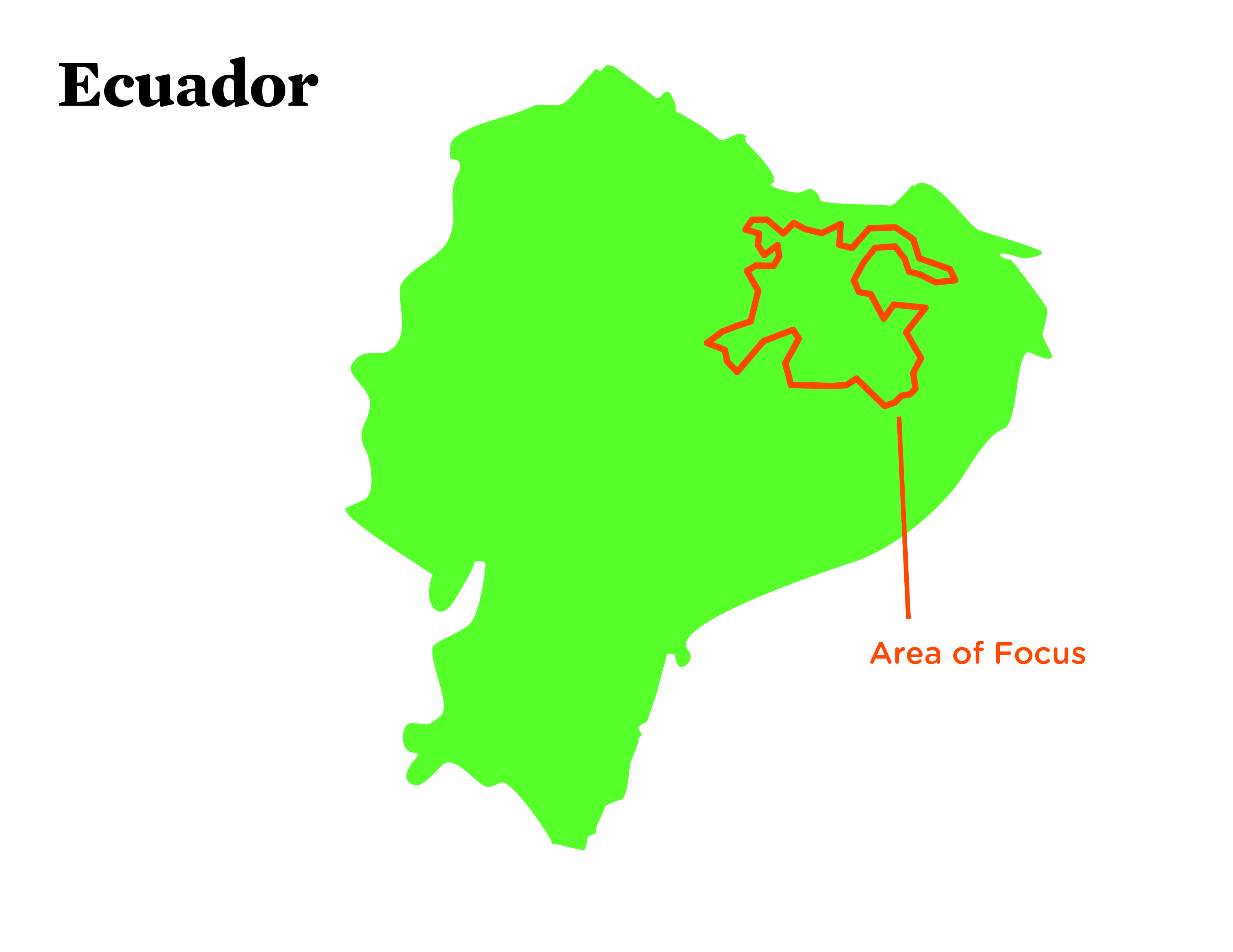
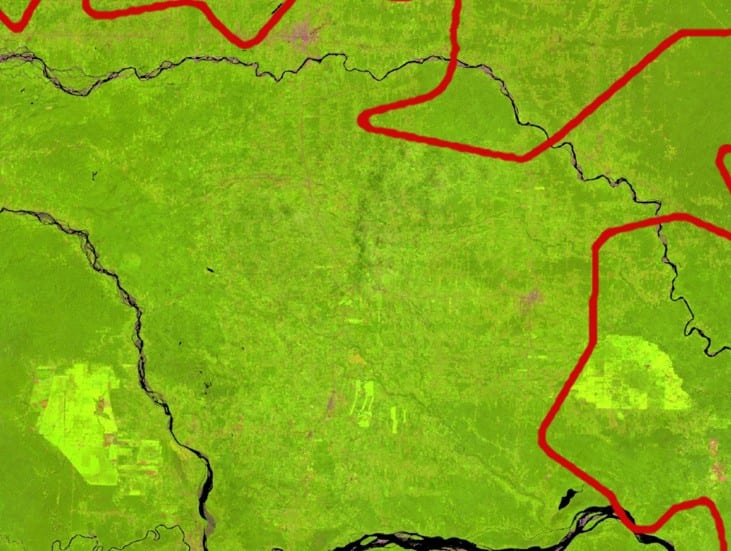
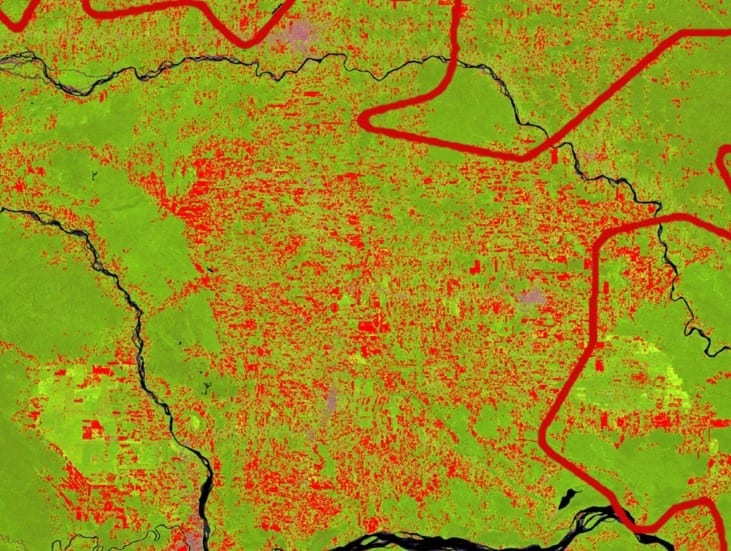
Part of Cameroonian cocoa-producing region, before and after deforestation
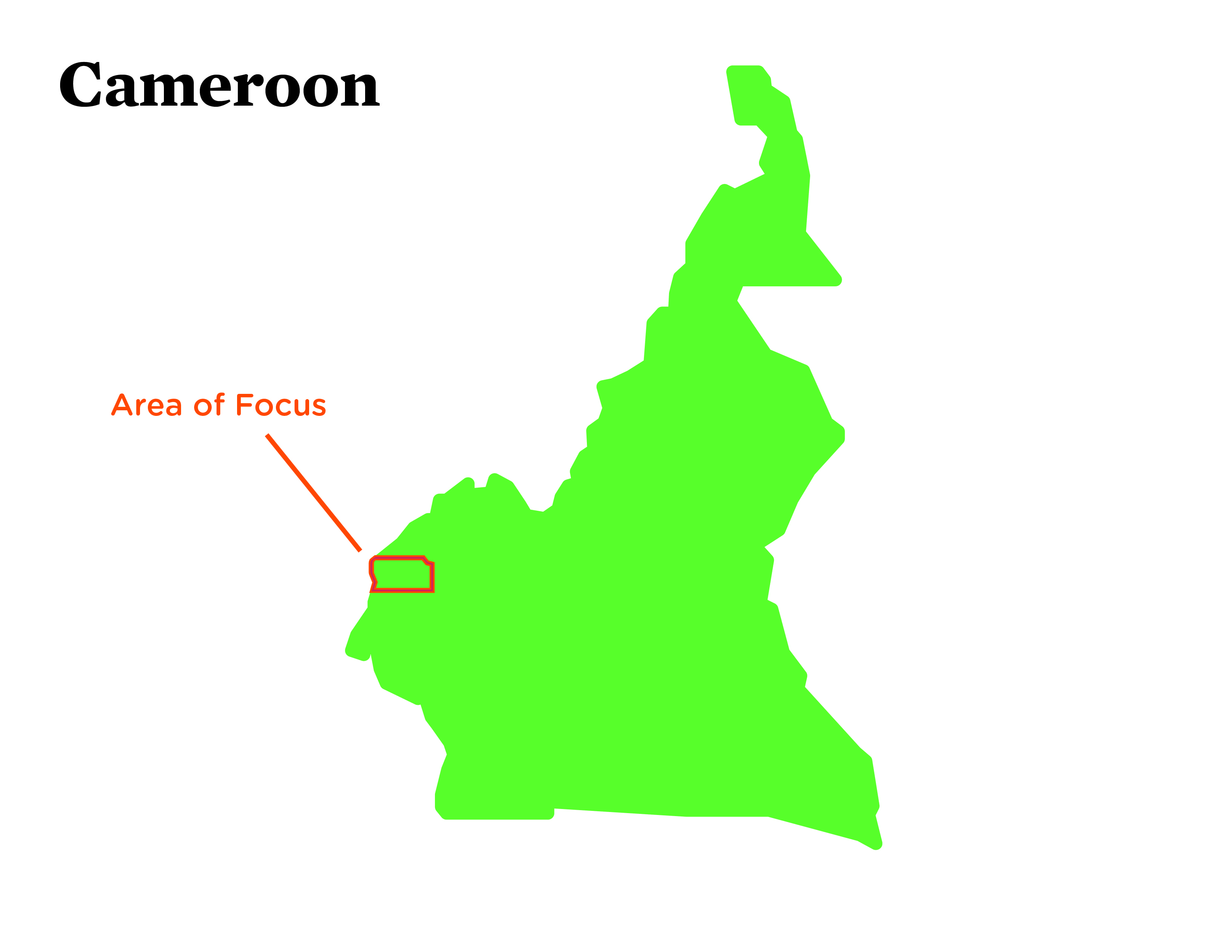


Notes on deforestation for cocoa beyond West Africa:
Globally: Global forest loss caused by cocoa production was roughly 2-3 million hectares from 1988 to 2008, which equaled approximately 1% of total forest loss.[i] Cocoa represented 8% of deforestation embodied in EU27 net imports of crop products, 1990-2008.[ii] Cocoa is spreading, and as it does, it threatens new forests. “From 2000 to 2014, the global production of cocoa beans increased by 32 per cent – from 3.4 to 4.5 million tonnes – while the land-use footprint of cocoa plantations grew by 37 per cent – from 7.6 to 10.4 million hectares.”[iii] Cocoa production has been growing from 2007 to now in countries like Papua New Guinea, Malaysia, the Dominican Republic, Liberia, Uganda, Colombia, Sierra Leone, likely stressing already vulnerable forests there.
Indonesia: Indonesia is notorious for deforestation for palm oil, timber, and paper. However, cocoa production has been expanding there too, and it is the 3rd biggest cocoa producer in the world. Between 1988 and 2007, an estimated 0.7 million ha of Indonesian forest were cleared for cocoa production, which equals about 9% of total national deforestation for crops.[iv] The deforestation shown in our maps above is in the “cocoa island” of Sulawesi, where most of Indonesia’s 850,000 tons of cocoa a year[v] comes from. In 2017, around 63% of Indonesian cocoa production was concentrated on Sulawesi Island. The provinces within Sulawesi that produce most cocoa are West Sulawesi (18% of Indonesia’s total), South-East Sulawesi (17%) and South Sulawesi (16%).[vi] An expert told Mighty Earth that with the exception of the alluvial plains in the region North of Mamuju (West coats, facing Borneo) which was partly deforested in the mid 1990s by oil palm companies, almost all the deforestation in Sulawesi is for cocoa, especially in the hills (in general everything beyond 20 km from the coastal line). [vii]
Cameroon: Cocoa is also becoming a driver of deforestation in the Congo Basin, the most intact of the world’s great rainforests. Cocoa beans export statistics from ITC show an export increase by Cameroon from 131,075 in 2007 to 263,746 in tons in 2016, suggesting a doubling of cocoa trees were planted (noting that harvests start 3-5 years after planting), some of which was likely in forests. In 2012, Cameroon’s government announced plans to increase cocoa production from around 225,000 tonnes annually to 600,000 tonnes by 2020 – a move which would put more forests at risk. (though according to the director-general of the Cameroon Cocoa Development Corporation, these plans to expand cocoa are falling short).[viii] Already in 2014 over 11% of the land footprint of crop production in Cameroon was for cocoa. The deforestation shown in our maps above is in the Manyu division of South-West Region province of Cameroon. Manyu and Meme are the two divisions in Cameroon with the highest production of cacao.[ix] The South-West Region province is said to produce roughly half of Cameroon’s cacao.[x] Mamfé is the cacao capital of Manyu division. Since November 2016, there have been violent clashes between separatists and security forces. These clashes cut many Cameroonian buyers off from traditional sales routes, and thus some cocoa is reportedly illegally exported to Nigeria.[xi] In neighboring Nigeria, cocoa was estimated to contribute to 8% of national deforestation, 1990-2008.[xii]
Peruvian Amazon: Cocoa producers have also turned to South America, especially Peru. Cocoa beans export statistics from ITC show an export increase from 4,263 tons in 2007 to 61,888 in 2016. This would indicate a fifteen-fold increase in cocoa production. Satellite images in 2012 caught United Cacao red-handed destroying nearly 5000 acres of land for a cocoa plantation, encroaching on the carbon-rich, biodiverse Amazon rainforest in Peru. Peru’s cacao planting may have reached 129,842 hectares in 2016.[xiii] The deforestation shown in our maps above was found most in the provinces of Ucayali, Huanuco and San Martin.
Ecuador: Cocoa beans export statistics from ITC show an export increase from 80,093 tons in 2007 to 227,214 in 2016 – almost a three-fold increase. The cultivated area of cocoa in the provinces of Sucumbíos, Orellana and Napo increased by 16,600 hectares in 2000-2008. The agricultural sector is the main driver of Ecuadorean deforestation, through cultivation of pastures for livestock, cocoa and oil palm.[xiv] Cocoa is produced on an estimated 16,100 hectares in the province of Sucumbios and 13,500 hectares in the province of Orellana.[xv] The deforestation shown in our maps above is in the Orellana and Sucumbíos provinces.[vc_separator]
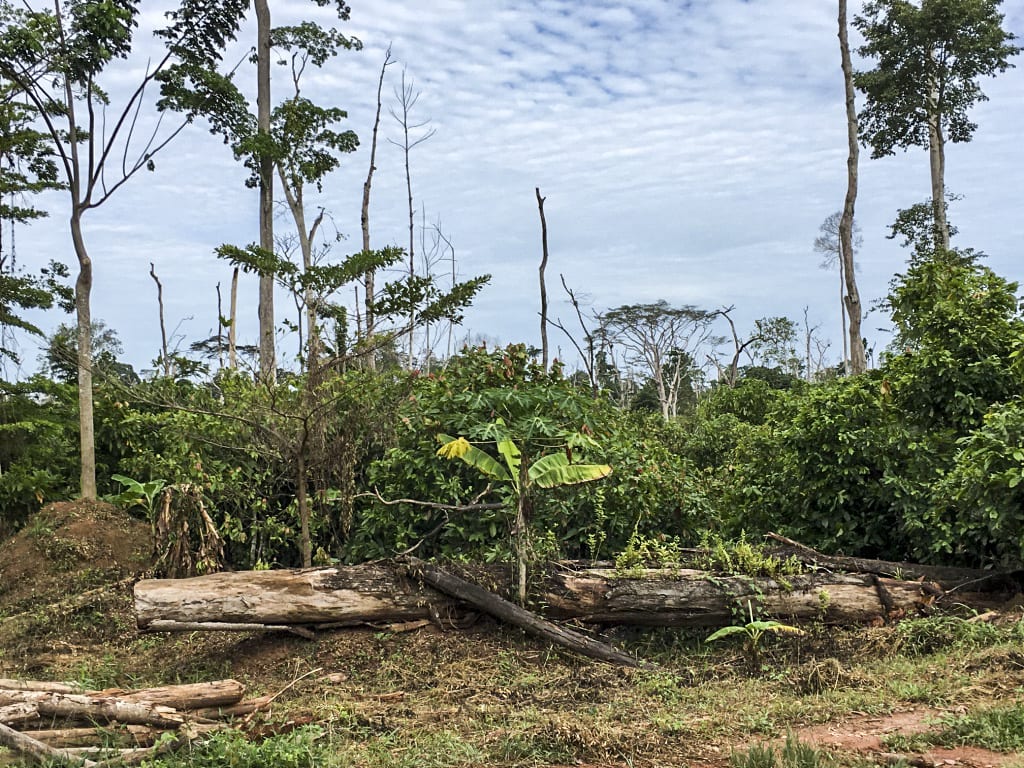
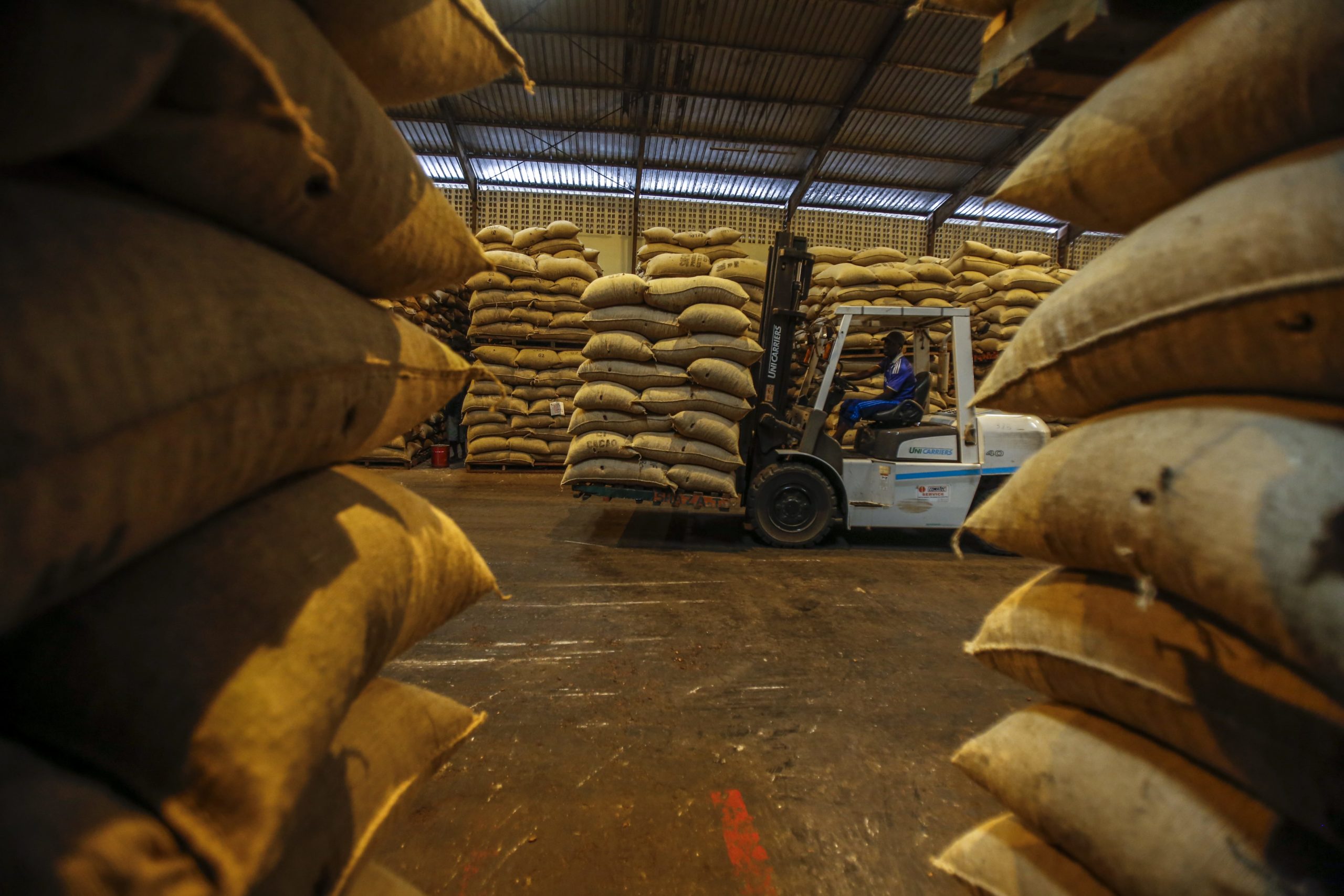
Forest destroyed for cocoa © Mighty Earth 2017
Bags of cocoa being prepared for shipment © Mighty Earth 2017
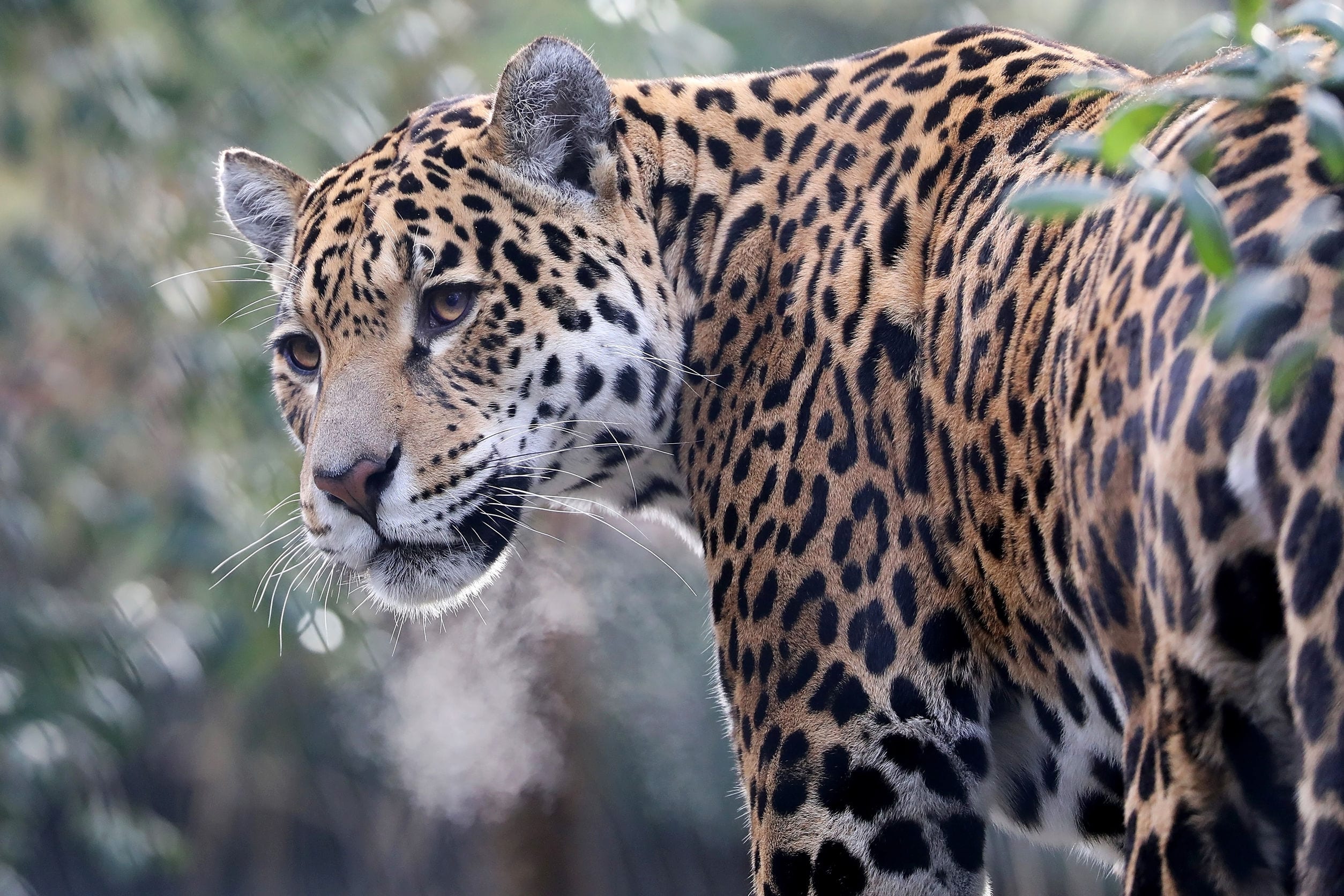
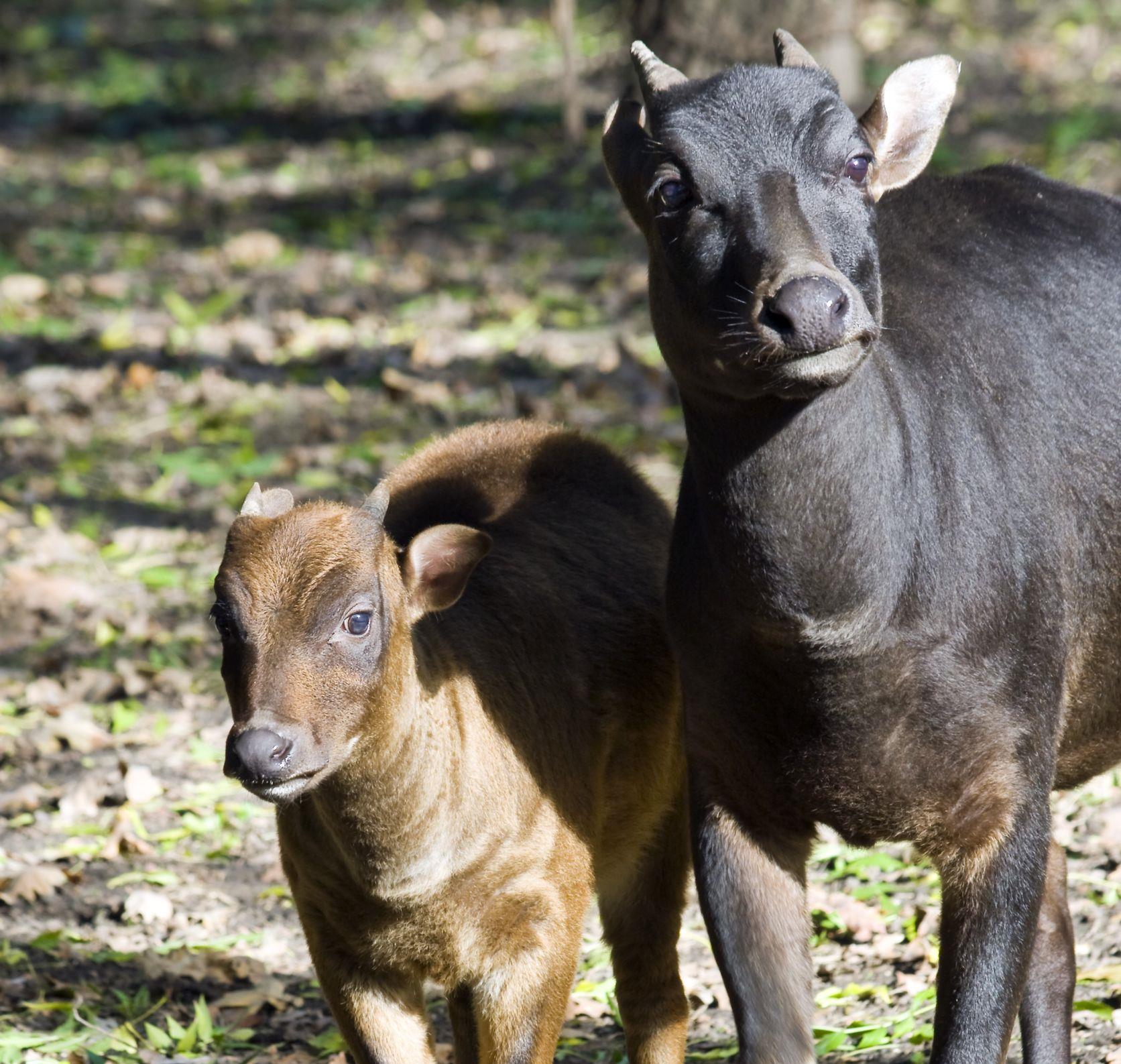
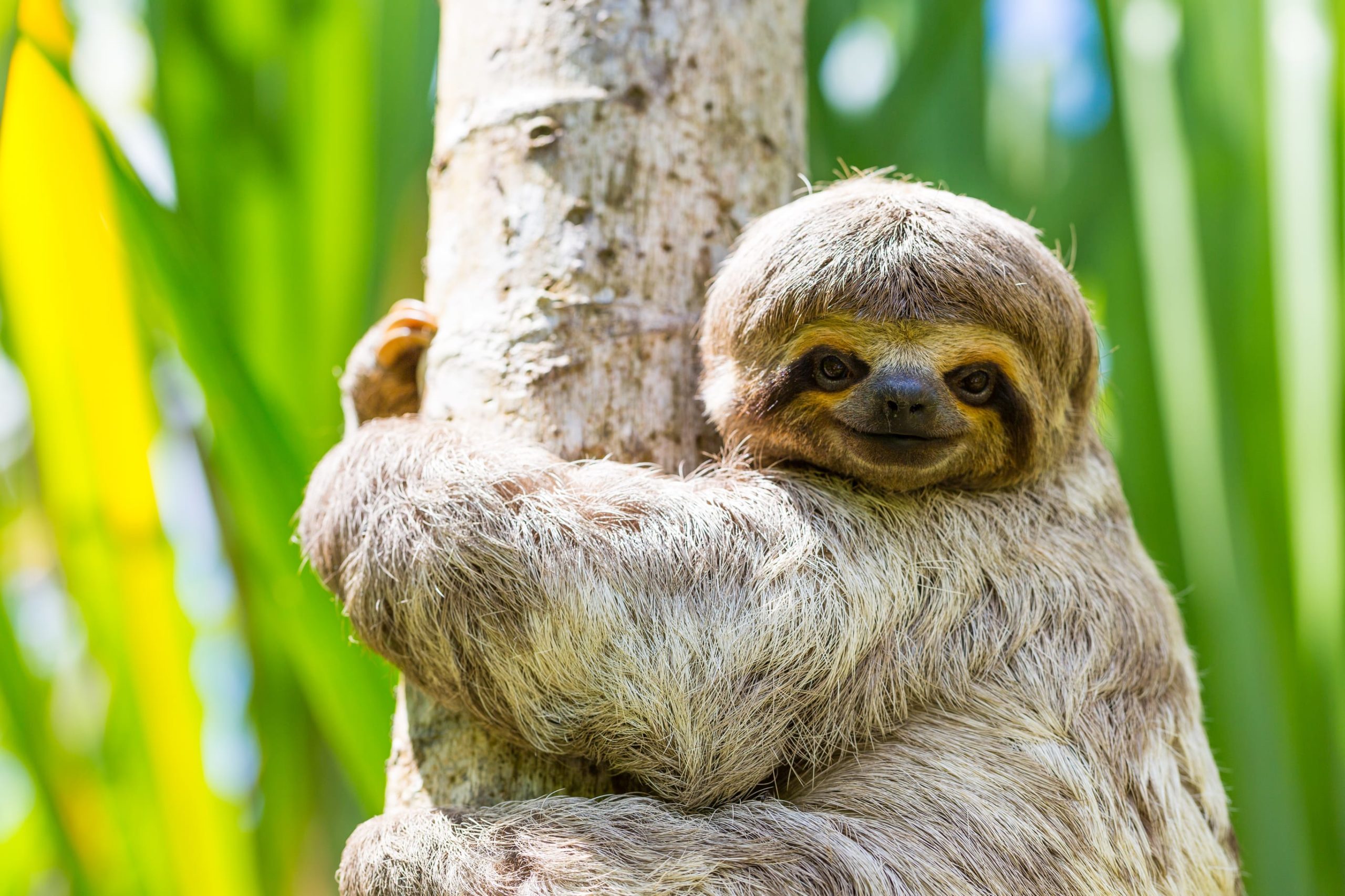
Jaguar in Ecuador, (c) 123RF
Indonesian Dwarf-Buffalo, (c) 123RF
Peruvian sloth, (c) 123RF
[vc_separator]Sources:
[i] Kroeger, A. et al. (2017) Eliminating Deforestation from the Cocoa Supply Chain. World Bank Group, March 2017.
[ii] http://ec.europa.eu/environment/forests/pdf/1.%20Report%20analysis%20of%20impact.pdf
[iii] https://resourcetrade.earth/stories/cocoa-trade-climate-change-and-deforestation#section-171
[iv] FAOSTAT and European Commission. The impact of EU consumption on deforestation: Comprehensive analysis of the impact EU consumption on deforestation. 2013. Technical Report 063.
[v] https://www.rikolto.org/en/project/cocoa-sulawesi-indonesia
[vi] Indonesian Ministry of Agriculture, Directorate General of Estate Crops, Tree Crop Estate Statistics of Indonesia, 2015-2017 cocoa, http://bit.ly/2FUaEBO
[vii] Email exchange with Francois Ruf, February 2018.
[viii] Thomson Reuters Foundation, Extreme weather threatens Cameroon’s hopes of becoming a cocoa giant, 7 June 2017, http://tmsnrt.rs/2nhEXvn.
[ix] International Cocoa Organization (ICCO), Cameroon, http://bit.ly/2EJoYxz.
[x] Reuters, Unrest in Cameroon fuels cocoa smuggling to Nigeria, 16 January 2018, http://reut.rs/2BcYlBk.
[xi]Business in Cameroon, Cameroon’s cocoa production taken over by Nigeria, 29 July 2017, http://bit.ly/2sgGOFE.
Reuters, Unrest in Cameroon fuels cocoa smuggling to Nigeria, 16 January 2018, http://reut.rs/2BcYlBk.
[xii] www.ec.europa.eu/environment/forests/pdf/1.%20Report%20analysis%20of%20impact.pdf
[xiv] Satellite images in 2012 showed United Cacao destroying nearly 5000 acres of land for a cocoa plantation, encroaching on the carbon-rich, biodiverse Amazon rainforest in Peru: http://www.wri.org/blog/2015/06/zooming-%E2%80%9Csustainable%E2%80%9D-cocoa-producer-destroys-pristine-forest-peru.
See also: https://news.mongabay.com/2015/01/company-chops-down-rainforest-to-produce-sustainable-chocolate/ and http://maaproject.org/2015/image-9-cacao-tamshiyacu/ for how Matt Finer of the Amazon Conservation Association used Landsat imagery to chronicle the clearing month-by-month and prove that the area was previously primary forest. Meanwhile, Greg Asner of Stanford University’s Carnegie Institution for Science used airborne LiDAR technology to estimate that the patch of forest contained an average of 122 metric tons of carbon per hectare (54.4 tons per acre).” (WRI: http://www.wri.org/blog/2015/08/how-much-rainforest-chocolate-bar and https://cao.carnegiescience.edu/ ).
[xv] UNDP and Ecuadorian Ministry of the Environment (MAE), Sustainable Development of the Ecuadorian Amazon: integrated management of multiple use landscapes and high value conservation forests, March 2015, http://bit.ly/2mE6Sp2.
[xvi] Revista Nera, Oswaldo Viteri Salazar and Jesús Ramos-Martín, Organizational structure and commercialization of coffee and cocoa in the northern amazon region of Ecuador, January-April 2017, http://bit.ly/2Dd4Wyb.
